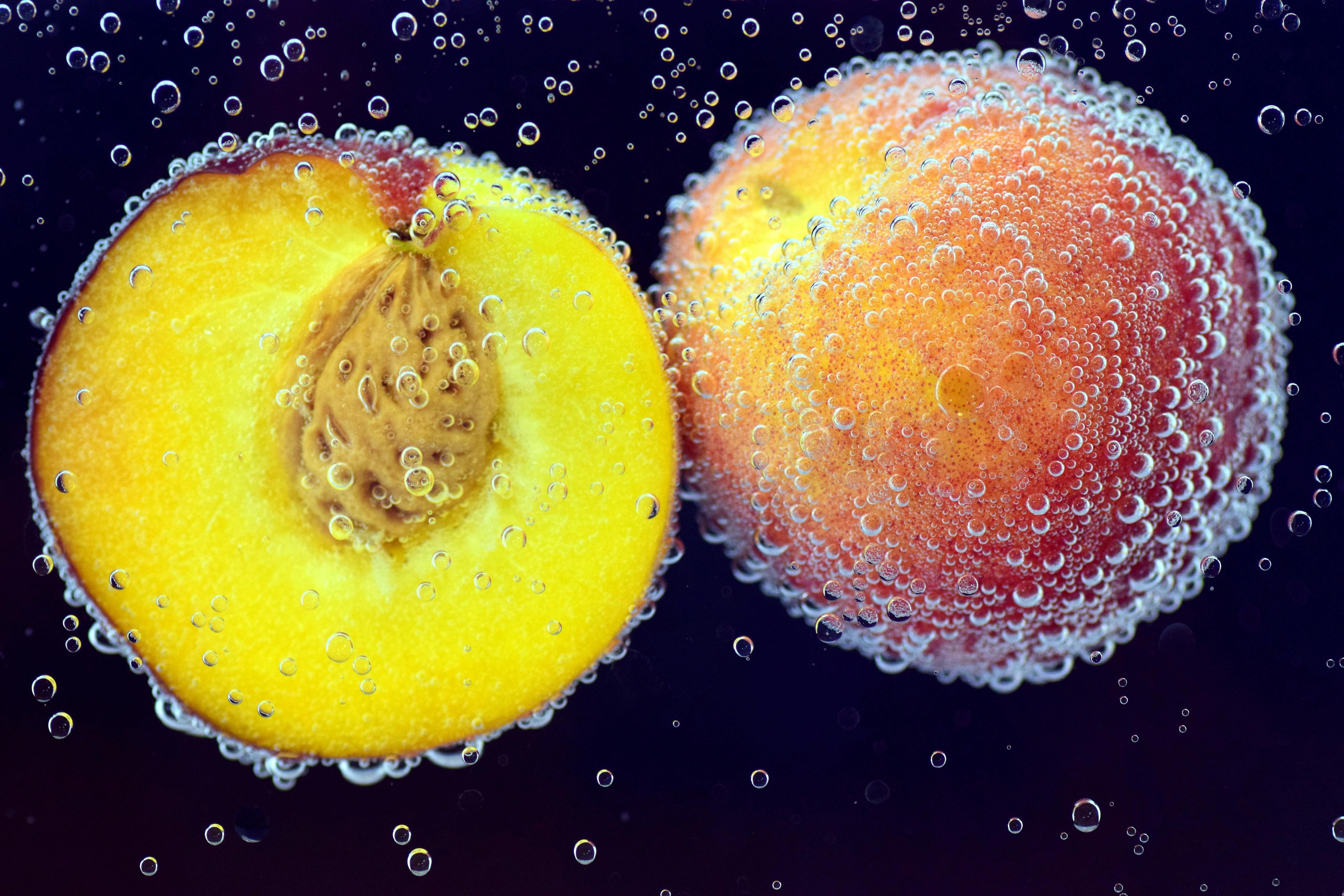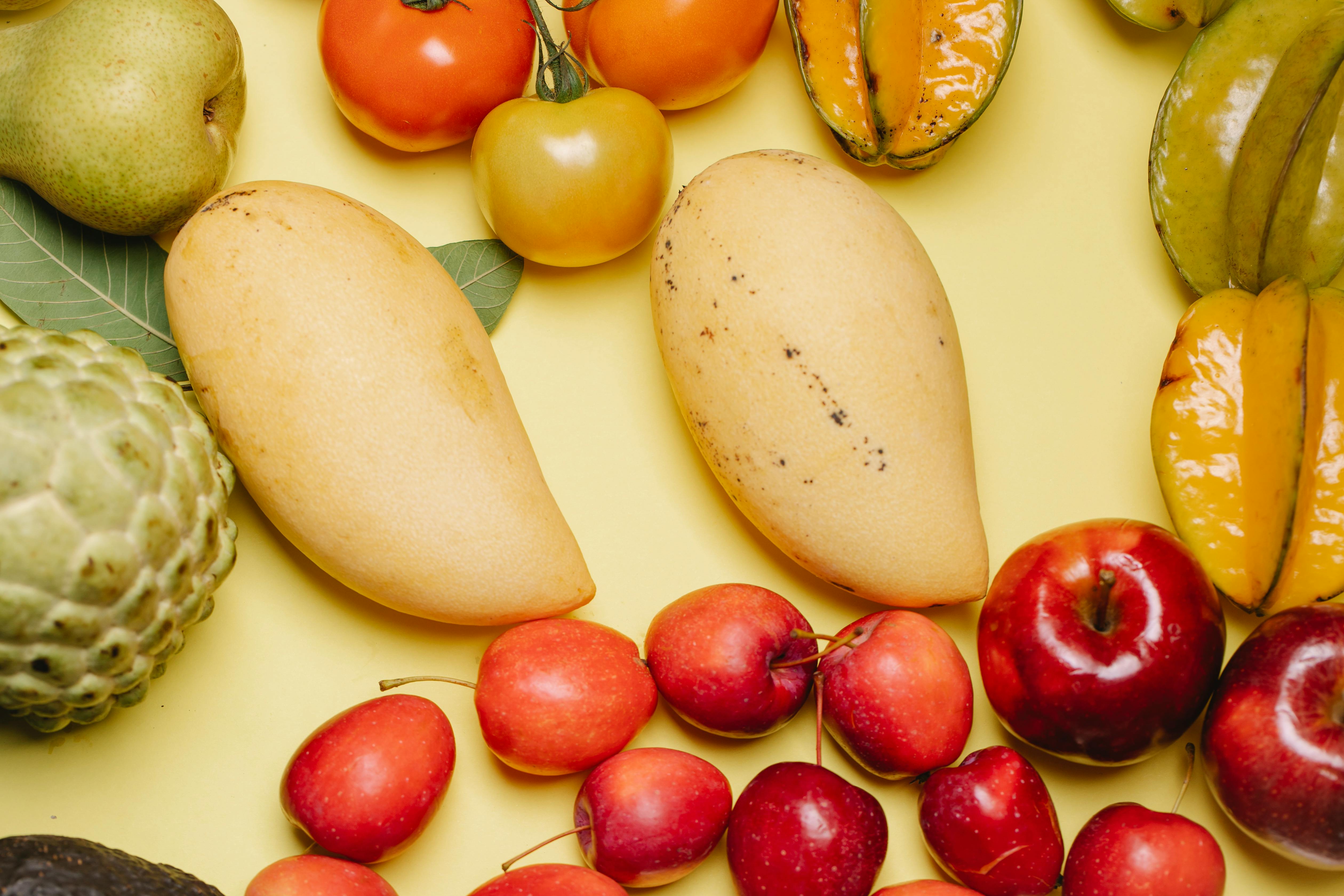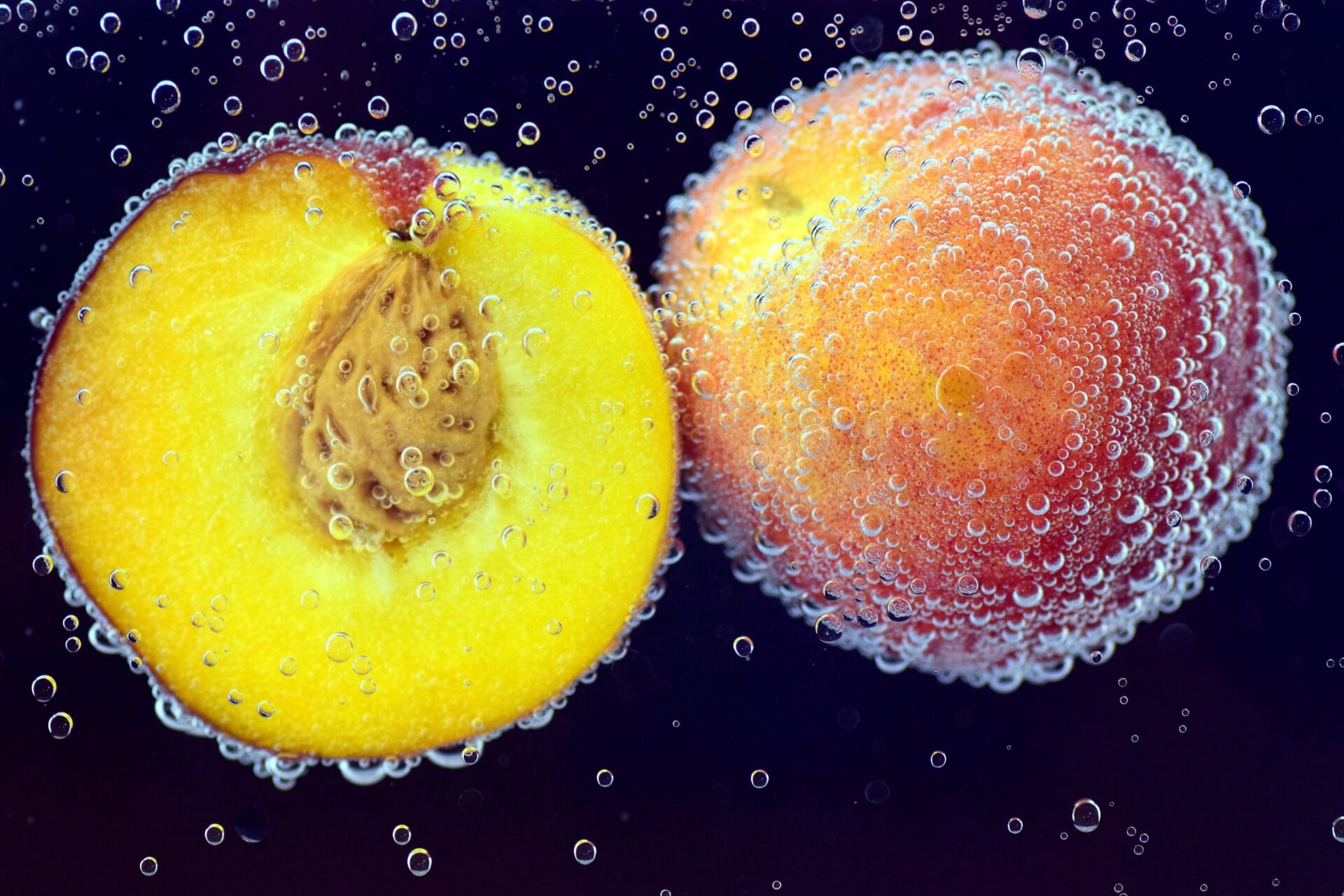Mangoes are a juicy and delicious fruit that is enjoyed by people all around the world. But what many people don’t know is that mangoes are also drupes. A drupe is a type of fruit that has an outer fleshy part surrounding a single hard seed. This makes mangoes one of many other fruits categorized as drupes, including olives, peaches, and plums. In this article, we’ll explore more about what makes a mango a drupe and other interesting facts about this delicious tropical fruit.A drupe fruit is a type of fleshy fruit with a single hard stone encasing the edible portion. It has three layers: the outer skin or exocarp, the fleshy middle layer or mesocarp, and the hard, stony inner layer or endocarp, which encloses the seed. Common examples of drupe fruits include peaches, cherries, plums, and olives.
Mango a Drupe Fruit?
Mango is a delicious and nutritious fruit that is commonly consumed all over the world. It is also known as the king of fruits due to its sweet taste and refreshing flavor. But, is mango a drupe fruit? The answer is yes, mango is indeed a drupe fruit.
A drupe fruit, also known as stone fruit, consists of an outer fleshy layer surrounding a hard inside stone or pit. This stone contains the seed of the fruit. Other examples of drupe fruits include apricots, peaches, nectarines, plums, cherries and olives.
Mangoes have a thick outer skin that can range from green to yellow or even orange in color when ripe. Inside this thick outer skin lies the juicy flesh of the mango which covers a single large seed in its center. The seed is surrounded by an inner layer of thin skin or membrane which separates it from the fleshy part of the fruit. This makes mangoes fit perfectly into the definition of drupes as they have an outer fleshy layer surrounding a hard inside stone or pit containing the seed.
Apart from being classified as drupes, mangoes are also believed to have many health benefits associated with them such as promoting digestion and aiding in weight loss due to its high fiber content. They are also packed with essential vitamins and minerals such as vitamins A, B6 and C along with potassium and magnesium which help boost immunity levels and protect against various diseases.
In conclusion, it can be said that yes indeed mangoes are considered to be drupes due to their hard inner pit containing their seeds surrounded by an outer layer of fleshy pulp. Not only are they delicious but they offer many health benefits too making them an ideal snack for anyone looking for added nutrition in their diets!
Shape and Size
Mangoes come in a variety of shapes and sizes. Generally, they are oval-shaped and range from 5 to 25 centimeters in length depending on the variety. The skin of the mango can vary in color from green to yellow, orange, red, or a combination of these colors. The flesh of the mango is juicy and sweet with a fibrous texture, and can be eaten fresh or used to make juices, jams, jellies, chutneys, ice cream, smoothies, and many other dishes.
Taste
The taste of a mango depends on the variety. Some are sweet while others have a tart flavor. Some are spicy while others are mild. They also contain different levels of sugar depending on how ripe they are; ripe mangoes are usually sweeter than unripe ones. The sweetness of a mango also varies depending on where it is grown; some varieties grown in tropical climates may be sweeter than those grown in cooler climates.
Nutrition
Mangoes are high in vitamins A and C as well as dietary fiber. They also contain potassium, magnesium, iron and calcium which makes them a nutritious snack or addition to any meal. Mangoes are rich in antioxidants which can help protect against free radical damage and improve overall health. Additionally, they contain enzymes that can help with digestion and decrease inflammation in the body.
Uses
Mangoes can be eaten raw or cooked for various dishes such as curries or chutneys. They can also be used to make smoothies or juices or used as an ingredient in desserts such as ice cream or cakes. Raw mangoes can be pickled for use as condiments or added to salads for extra flavor and nutrition. Mangoes can also be dried for use as snacks or made into powder for adding flavor to food dishes.
How Does a Drupe Fruit Differ from Other Fruits?
A drupe fruit is a type of fruit which typically has a single, hard stone or pit inside, surrounded by soft fleshy tissue. This distinguishes it from other fruits such as berries, which have several small seeds in their centers. The fleshy part of the drupe fruit is usually sweet and edible, while the pit or stone inside is usually inedible. Examples of drupes include cherries, peaches, plums, and olives.
The most obvious difference between a drupe fruit and other fruits is the presence of the hard stone at its center. This makes drupes more difficult to eat than other fruits since they must be pitted or peeled prior to consumption. Additionally, because the stone contains several seeds inside it, it can be planted so that new drupes can grow in the future.
Drupes also differ from other fruits in terms of their nutritional value. Drupes are typically high in sugar content and contain relatively few vitamins and minerals compared to other types of fruit. However, they are still an important part of any healthy diet due to their high fiber content and numerous antioxidants and phytochemicals that can help reduce inflammation and boost overall health.
Overall, drupe fruits are unique from other types of fruit due to their single hard stone at their center as well as their high sugar content and relative lack of vitamins and minerals compared to other types of fruit. Despite this difference though, they are still an important part of any balanced diet due to their numerous health benefits.
What Makes Mango Unique?
Mango is one of the most popular fruits in the world, and with good reason. It has a unique flavor that sets it apart from other fruits, and its health benefits are numerous. Mango is packed with vitamins, minerals, and antioxidants, making it a great way to get your daily dose of essential nutrients. In addition to its nutritional value, mango also has a refreshing sweetness that makes it perfect for snacking or adding to smoothies and desserts.
Mango’s flavor is unlike any other fruit: it’s sweet and slightly tart, with subtle hints of tropical flowers and spice. Its texture can range from firm to soft depending on how ripe the fruit is, making it versatile enough to be enjoyed raw or cooked into a variety of dishes. Plus, the vibrant yellow-orange color of ripe mangoes adds an extra burst of freshness to any plate.
Mangoes are also incredibly easy to incorporate into your diet in both sweet and savory ways. They can be eaten fresh as a snack or used as an ingredient in smoothies, salads, salsas, chutneys, pies, cakes and more. You can even make your own mango jam or pickles for an extra zingy treat.
All in all, mangoes are a delicious and nutritious way to give your body the nutrition it needs while adding some variety and excitement to your meals. With its unique flavor profile and myriad uses in both sweet and savory dishes, it’s no wonder why so many people love this versatile fruit!

The Nutritional Value of Mango
Mangoes are one of the most popular fruits in the world, and for good reason. Not only are they sweet and delicious, but they also offer a wide variety of health benefits. Mangoes are an excellent source of vitamins A, C, E and K, as well as minerals like potassium and magnesium. They are also rich in fiber and antioxidants and have been linked to a number of health benefits.
One of the most important benefits associated with mangoes is their potential to protect against cancer. Studies have shown that the antioxidants found in mangoes can help fight off free radical damage which is known to be linked to cancer development. Additionally, mangoes contain compounds called polyphenols which have been shown to inhibit the growth of certain types of cancer cells in laboratory studies.
Mangoes are also known for their ability to boost heart health. The high levels of fiber and potassium found in mangoes can help reduce cholesterol levels and lower blood pressure, both important factors for maintaining a healthy heart. Additionally, the antioxidants found in mangoes can help prevent oxidative stress which has been linked to a number of cardiovascular diseases.
Mangoes can also help support digestive health due to their high levels of dietary fiber which helps keep things moving through the digestive tract. The fiber content can also help keep you feeling full longer which can aid in weight management efforts. Additionally, mangoes contain compounds called tannins which have been shown to help reduce inflammation in the gut and promote healthy digestion.
Overall, mangoes offer a wide variety of nutritional benefits that make them an excellent addition to any diet. They are an excellent source of vitamins, minerals, antioxidants and dietary fiber which can all contribute to better overall health and wellbeing. So next time you’re looking for a delicious snack or dessert option, reach for some juicy mango!
The Health Benefits of Eating Mango
Mangoes are a delicious and nutritious fruit that is enjoyed around the world. The health benefits of eating mangoes are numerous, and they have been linked to improved digestion, better heart health, and even cancer prevention. Mangoes are packed with vitamins, minerals, antioxidants, and fiber that can help keep your body healthy. Here are some of the reasons why you should include mangoes in your diet.
Mangoes contain high levels of Vitamin C which helps boost immunity and fight off infections. Vitamin C is also important for collagen production which keeps skin looking healthy and prevents wrinkles. Mangoes also contain Vitamin A which helps maintain healthy vision. Additionally, mangoes are a great source of fiber which helps improve digestion and reduce constipation.
Mangoes are also rich in antioxidants such as beta-carotene which can help protect against certain types of cancer. They are also an excellent source of iron which helps prevent anemia by increasing oxygenation to cells throughout the body. Eating mangoes can also help lower cholesterol levels, reducing the risk of developing heart disease or stroke.
Finally, mangoes contain high levels of potassium which is essential for maintaining normal blood pressure levels and for proper muscle function. Potassium may also help reduce the risk of kidney stones by preventing calcium from binding with other minerals in the urine. All in all, eating mangoes on a regular basis can provide numerous health benefits.
How to Incorporate Mango into Your Diet
Mangos are a delicious and nutritious fruit that can easily be incorporated into your diet. They are packed with vitamins and minerals, making them a great addition to any meal. Not only are they a great source of nutrition, but they also have a unique flavor that can be used in many different recipes. Here are some tips on how to incorporate mango into your diet.
One way to add mangoes to your diet is by eating them as a snack. Mangos can be sliced up and served with yogurt, cottage cheese, or some other type of dip. They also make a great topping for salads or smoothies. If you’re looking for something sweet, try adding mango slices to your favorite dessert or frozen treat.
Another way to enjoy mango is by adding it to your favorite savory dishes. Mangoes go great in sauces and marinades for meats and vegetables. They are also delicious when added to stir-fries or curries. You can even use them as an ingredient in homemade salsa or guacamole!
Finally, you can use mangoes as an ingredient in baked goods such as muffins, cakes, and breads. The sweet flavor pairs perfectly with cinnamon, nutmeg, and other spices commonly used in baking recipes. Adding some diced mango to your favorite muffin recipe is sure to give it an extra boost of flavor!
Incorporating mango into your diet doesn’t have to be complicated or time consuming. With these few tips you can easily make this delicious fruit part of your everyday meals!

Conclusion
Yes, mango is a drupe fruit. This is because it has a thin layer of flesh surrounding a single-seeded pit. Furthermore, all the features of a drupe such as the exocarp, mesocarp, and endocarp are present in the mango. The presence of an outer layer that is tough and thick, along with an inner seed makes it a definite drupe.
Mangoes are a great source of essential elements and minerals that are beneficial for our bodies. They contain vitamins A, C, B-vitamins as well as minerals like calcium, phosphorus and iron which help in maintaining good health. Thus, it can be seen that mangoes are not only delicious but also nutritious for us.
To summarize, mangoes are definitely drupes since they possess all the features required to be considered one. They provide numerous health benefits due to their nutrient content making them an ideal choice for consumption.



